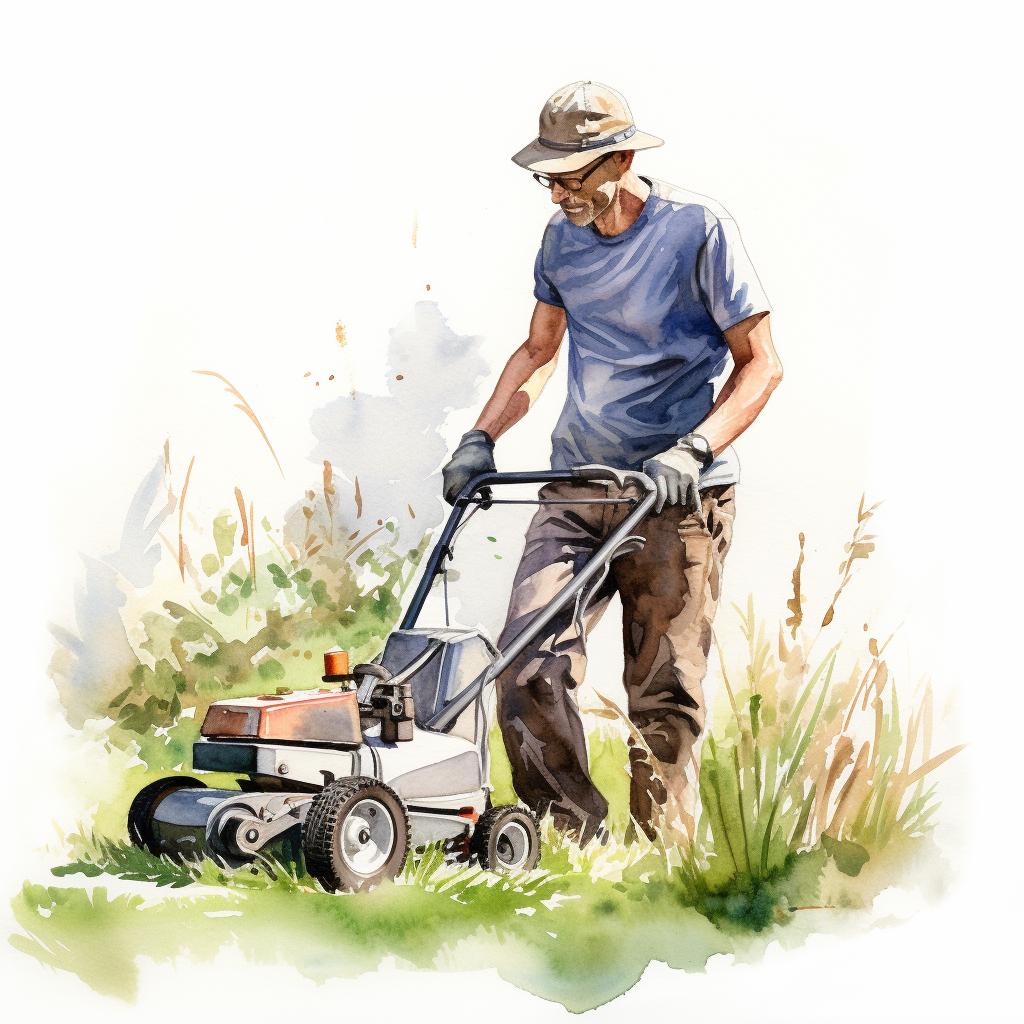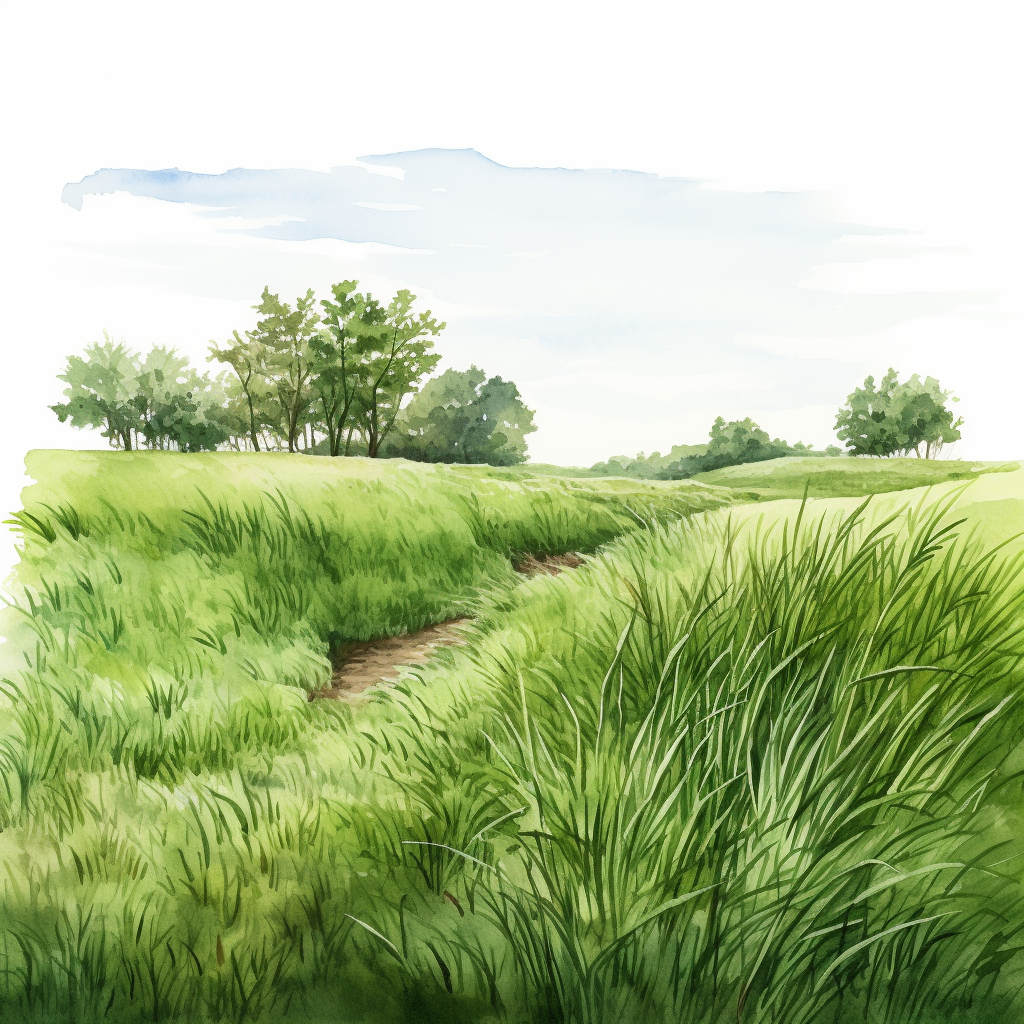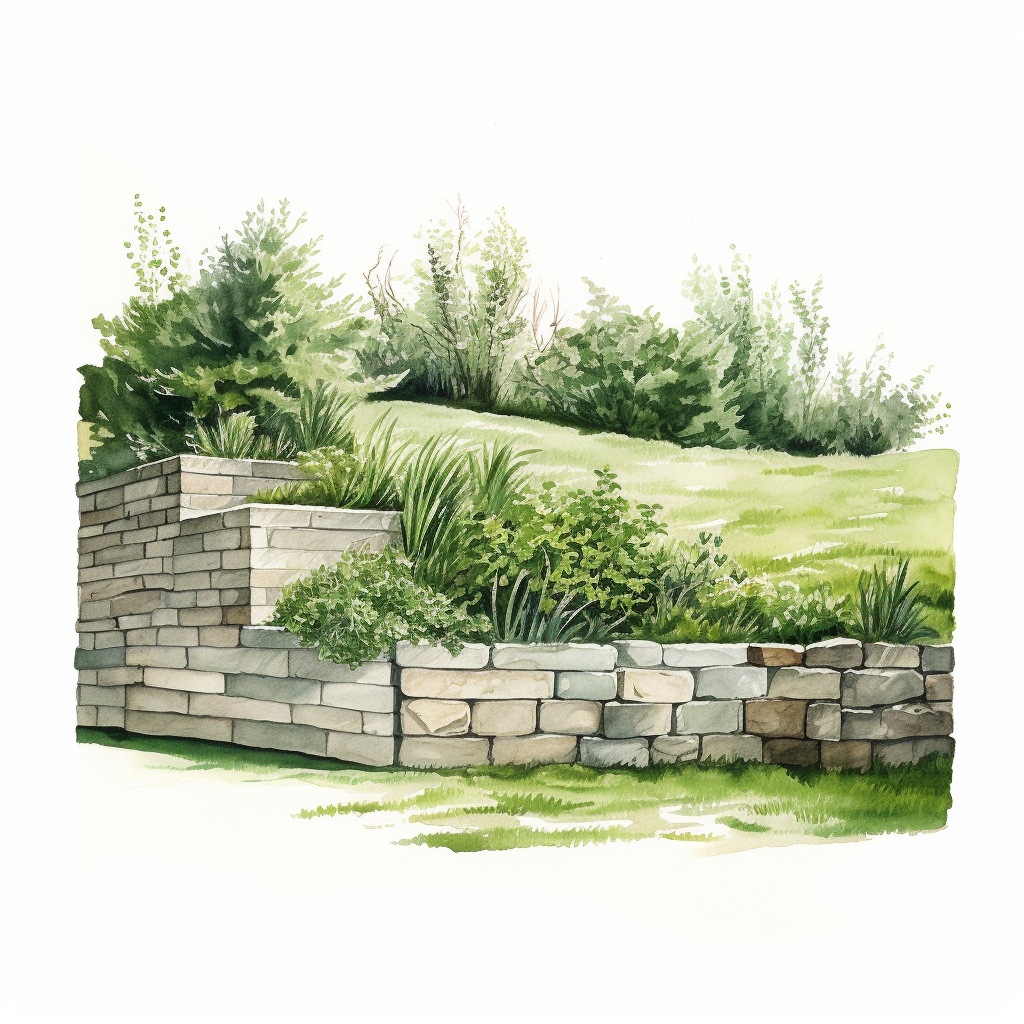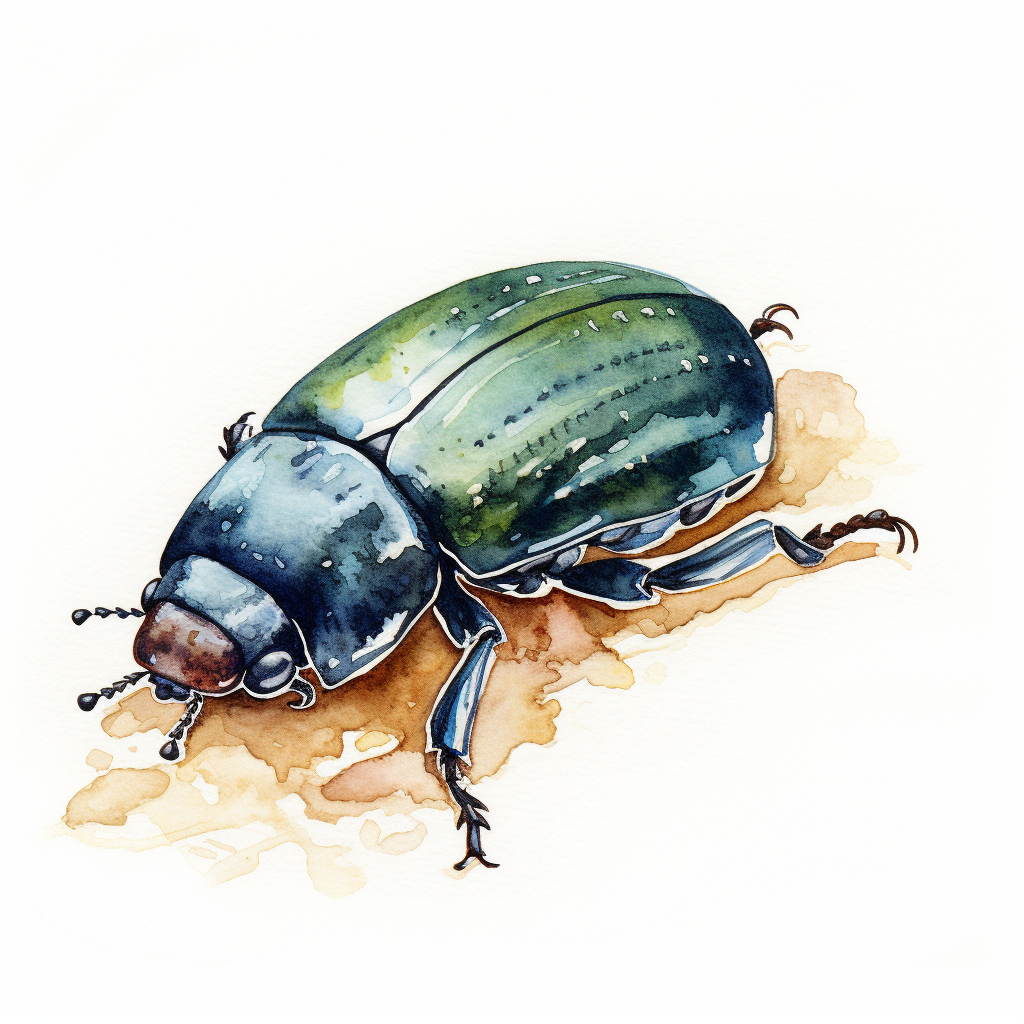
Are you tired of staring at a lackluster, uninspiring lawn? Do you dream of having a lush, green oasis right in your own backyard? Well, my friend, you’ve come to the right place. In this blog post, we’re going to dive deep into the world of lawn care and explore the secrets to achieving a vibrant and envy-worthy lawn. Buckle up and get ready to embark on a journey where we’ll uncover essential tips, expert insights, and time-tested techniques to transform your patchy, dull lawn into a verdant paradise.
How do I get a healthy lawn?
Maintaining a healthy and vibrant lawn that is the envy of your neighbors doesn’t have to be a daunting task that consumes all your time and energy. In fact, there are simple strategies you can implement to ensure your lawn stays lush and beautiful without overwhelming yourself. Let’s explore the key features, benefits, and problems you can avoid when it comes to proper lawn care.
- Fertilizing your lawn: One important aspect of lawn care is fertilizing early in the summer to support growth. By providing your lawn with the necessary nutrients, you promote healthy growth and achieve a vibrant, thriving lawn. Fertilizers (organic or synthetic fertilizers) helps you avoid the problem of weed infestations, as a well-nourished lawn is better equipped to resist weeds and maintain its overall appearance.
- Controlling weeds: Controlling weeds is another crucial step in maintaining a pristine lawn. Spot treatment or handpulling larger weeds manually can help you achieve a weed-free lawn, enhancing the cleanliness and appeal of your landscape. This benefit saves you the hassle of dealing with weed overgrowth, while also preventing the spreading of weed seeds and minimizing the need for constant weed management.
- Weed before cutting: Weeding before cutting the grass is a simple yet effective practice to encourage growth and maintain a dense, luxurious lawn. By removing weeds prior to trimming, you create an ideal environment for your grass to flourish, resulting in a more vibrant and visually pleasing landscape. This approach helps you avoid the problem of weed seeds germinating and taking root, reducing the need for extensive weed control measures.
- Mow regularly and correctly: Regular and frequent mowing is essential to keep your lawn looking its best. However, it’s important to mow in a way that avoids cutting over 13% of the grass height. This approach ensures an optimal grass height and a well-groomed appearance. By preventing the grass from being cut too short, you prevent stress and damage to your lawn, ensuring its long-term health and beauty.

By following these simple yet effective lawn care practices, you can enjoy a healthy and attractive lawn without the hassle. Say goodbye to weed infestations, the burden of constant maintenance, and the frustration of a lackluster landscape.
Manage lawn weeds with effective strategies
Managing weeds in your lawn can be a daunting task, consuming both time and effort. But worry not, there are effective strategies you can employ to tackle this issue head-on! Let’s delve into the world of weed management and explore some key techniques.
- Check for weeds: Regular inspection of your grass is crucial to detect actively developing and germinating weed seeds. By staying vigilant, you can nip weed growth in the bud, preventing it from spreading and overtaking your lawn. Understanding the biological characteristics of different weed species and their preferred habitats helps you target your weed control efforts more effectively. For instance, if crabgrass is a concern, you can focus on areas with bare grass where it thrives.
- Get your timing right: Timing is key when it comes to weed management. During early spring, it’s important to address mature crabgrass plants to prevent seed production for subsequent years. On the other hand, late fall provides an ideal opportunity to tackle annual henbits and annual bluegrass by planting their seeds. This strategic approach ensures you stay one step ahead of future weed growth, maintaining a healthier and weed-free lawn.

By incorporating these management practices, you can save yourself the hassle of dealing with rampant weed infestation. Efficient monitoring, targeted control, and seasonal planning allow you to minimize the harmful presence of unwanted weeds, giving your lawn a cleaner and more vibrant appearance.
Determine the ideal timing for fertilizing your lawn with expert guidance
Taking care of your lawn involves various aspects, and one crucial element is proper fertilization. Knowing when to fertilize can greatly contribute to the health and beauty of your grass. Let’s explore the optimal timing for fertilizing your lawn and the benefits it brings.
- Regular Fertilization: Feeding your lawn every two years provides a significant boost to its overall health and beauty. This consistent practice helps reduce the impact of heat, cold, drought, lawn mowers, and foot traffic, allowing your lawn to thrive and withstand various challenges.
- Four Times a Year: For optimal lawn health, consider fertilizing four times a year. By following this frequency, you ensure that your lawn receives consistent nourishment throughout the seasons, promoting sustained vitality and resilience. This approach helps your grass stay healthy and vibrant, contributing to an attractive outdoor space.
- Timing for Cooler Seasons: During cooler seasons like spring and autumn, fertilizing your grass is particularly beneficial. By providing the necessary nutrients during these times, you support optimal growth and development. This helps your lawn maintain its lush green appearance, even in changing weather conditions.
- Late Summer Fertilization: Fertilizing your lawn in late summer sets the stage for a robust root system and subsequent growth. This preparation ensures that your grass is ready to face the challenges of the upcoming seasons, such as increased foot traffic and potential stressors. Strengthening the roots promotes a healthier and more resilient lawn overall.

By following these guidelines for fertilizing your lawn, you’ll reap the rewards of a thriving and beautiful outdoor space all season. The regular application of nutrients at the right times helps your grass withstand environmental factors, reduces maintenance needs, and enhances the overall appeal of your lawn. So, mark your calendar and nourish your lawn accordingly to enjoy its optimal health and beauty throughout the year.
Achieve a lush and vibrant lawn with Kentucky Bluegrass
When it comes to choosing the right grass for your lawn, Kentucky Bluegrass deserves careful consideration, especially if you’re interested in organic lawn care. This type of grass has unique features and considerations that make it both appealing and challenging to maintain. Let’s explore the key aspects of Kentucky Bluegrass and how it can be the best choice for your organic lawn care program.
- Higher Nitrogen Requirements: Kentucky Bluegrass thrives on higher levels of nitrogen, which promotes its lush growth and vibrant green appearance. By providing the necessary nutrients, you can ensure that your lawn maintains its healthy and attractive look.
- Browning during Cold Dry Months: One thing to keep in mind is that Kentucky Bluegrass may turn brown during cold and dry months when not adequately irrigated. This serves as a visual cue to remind you of the importance of proper watering and moisture management. By giving your lawn the right amount of water, you can keep it looking vibrant and avoid unsightly brown patches.
- Potential Thatching Issues: Kentucky Bluegrass can be prone to thatch buildup, which is a layer of dead organic matter that accumulates between the grass blades and the soil. Regular lawn care practices, including dethatching, can help minimize this issue, promoting a healthier and more resilient turf.
- Considered a High Maintenance Grass: Kentucky Bluegrass is known to require diligent care and management. However, this characteristic provides an opportunity for tailored organic lawn care programs. By implementing specific strategies and techniques, you can ensure that your Kentucky Bluegrass lawn receives the precise care it needs to thrive.
- Avoidance of Kentucky-31 Tall Fescue: When considering grass options, it’s important to steer clear of Kentucky-31 Tall Fescue, which lacks endophytes and grass mosses. Choosing the right grass variety ensures that your lawn benefits from the presence of these elements, contributing to its overall health and resilience.

With its unique features and considerations, Kentucky Bluegrass can be a top choice for organic lawn care enthusiasts. By understanding its specific needs and implementing proper maintenance practices, you can enjoy a beautiful and environmentally-friendly lawn that enhances the overall appeal of your outdoor space.
Overcome common lawn problems with effective solutions
As a homeowner, common lawn woes like persistent weeds, patchy growth, and pests can be a source of frustration and detract from the beauty of your outdoor space. However, with the right knowledge and strategies, you can overcome these challenges and achieve a lush, vibrant lawn that you can be proud of.
What helps a struggling lawn?
Is your lawn showing signs of distress? It’s time to provide some much-needed care and attention. Let’s explore the key factors that can help revive a struggling lawn and bring back its lush and vibrant appearance.
Lawn Aeration for Better Airflow: One effective solution is lawn aeration, which improves the circulation of oxygen to the grass roots. By creating small holes in the soil, aeration allows more air in for better airflow, creating a healthier habitat for grass roots and microorganisms. This promotes root growth and development, ultimately leading to a stronger and more resilient lawn.
Alleviation of Soil Compaction: Foot traffic and the use of heavy lawn machinery can lead to soil compaction, which hinders the healthy growth of grass roots and shrubs. By addressing soil compaction through techniques like aeration, you can improve the overall condition of the soil, providing a more favorable environment for root growth and microorganism activity.
Reduced Thatch Accumulation: Thatch, the layer of dead grass and roots that accumulates beneath the soil surface, can impede nutrient absorption and water penetration. Regular lawn aeration and dethatching and removal of this plant material helps reduce thatch buildup, ensuring optimal nutrient availability and water flow to the roots. This leads to improved grass health and resilience.
Improved Drainage and Water Retention: Proper aeration helps alleviate issues like water pooling and runoff, improving drainage and water retention in your lawn. By preventing waterlogging and minimizing nutrient leaching, you create a healthier balance for the grasses roots and encourage their sustained growth.
Enhanced Lawn Resilience: Through aeration and reducing thatch accumulation, your struggling lawn can regain its vigor and resilience. These practices enhance overall lawn health, enabling the grass to better withstand stressors such as foot traffic, extreme weather, and other environmental factors. A healthier lawn means less susceptibility to damage and a quicker recovery when faced with challenges.

By implementing these key strategies, you can provide the care and support your struggling lawn needs. Aeration, alleviating soil compaction, reducing thatch accumulation, improving drainage, and enhancing lawn resilience are crucial steps to revive and maintain a vibrant and healthy lawn.
Transform patchy lawns into lush landscapes with proven methods
Is your once-lush lawn looking patchy and uneven? Don’t worry, there are solutions to help restore its beauty. Let’s explore the key steps you can take to address the underlying causes and transform your patchy lawn into a healthy and uniform green carpet.
- Identification of Underlying Causes: The first step is to identify the factors causing the patchiness, such as poor soil quality, lawn insects, animals, inadequate watering, pets, or heavy foot traffic. By pinpointing the root causes, you can implement targeted solutions to address them effectively.
- Aeration of the Soil: Aerating the soil is a crucial step in improving its structure and promoting root development. This process creates small holes in the ground, allowing for better airflow and nutrient absorption. By enhancing soil health, you provide the necessary conditions for grass to grow evenly and fill in the patches.
- Improved Drainage: Patchy areas can result from poor drainage, causing water pooling and uneven moisture distribution. Improving drainage helps prevent these issues and creates a more favorable environment for grass growth. By ensuring proper water flow, you encourage uniform growth and reduce the appearance of patchy spots.
- Adjusted Watering and Mowing Practices: Fine-tuning your watering and mowing practices is essential for a healthy lawn. Finding the right balance of moisture and maintaining an optimal lawn height helps promote even growth and prevents patchiness. By following proper watering and mowing techniques, you minimize the risk of over or under-watering and maintain a consistent lawn height.
- Overseeding with Quality Grass Seed: To fill in the patches and promote uniform growth, consider overseeding with high-quality grass seed. This process introduces new grass to the bare spots, encouraging denser and more even coverage. With time and proper care, the newly seeded areas will blend seamlessly with the existing lawn.
- Application of Fertilizer: Providing essential nutrients through fertilizer (regular fertilizers or organic fertilizers) is vital for healthy grass growth. Compost may also be an option – although it can be expensive. By nourishing your lawn with the right balance of nutrients, you promote lush and vibrant growth, reducing patchiness. Regular application of fertilizer helps restore the overall health and uniformity of your lawn.

Through consistent maintenance and proper lawn care practices, you can gradually revive your patchy lawn and achieve a more even and uniform appearance. By addressing underlying causes, improving soil conditions, adjusting watering and mowing practices, overseeding, and applying fertilizer, your lawn will flourish, bringing back its vibrant and cohesive look. So don’t lose hope – with the right strategies, your patchy lawn can transform into a healthy and beautiful outdoor space.
Lawn mostly weeds? How to fix it in 10 steps
Are you frustrated with a lawn that is overrun with weeds? Don’t worry, there are effective steps you can take to reclaim your lawn and restore its lush and healthy appearance. Let’s explore a 10-step process to help you tackle the weed problem and transform your lawn.
- Step 1: Weed Identification: Start by identifying the types of weeds invading your lawn. This allows for targeted treatment and helps you choose the appropriate herbicide for effective weed control.
- Step 2: Selection of Suitable Herbicide: Choose a herbicide specifically designed to eliminate the identified weeds. Selecting the right product ensures successful weed eradication and paves the way for a healthier lawn.
- Step 3: Proper Application of Treatment: Follow the instructions carefully when applying the herbicide. Applying the treatment correctly maximizes its effectiveness and increases the chances of weed elimination.
- Step 4: Allocate Sufficient Time: Give yourself adequate time to complete the weed control process. Rushing through the treatment may lead to incomplete eradication, allowing the weeds to regrow.
- Step 5: Drainage Improvement: Address any waterlogging issues by improving drainage in your lawn. Proper drainage promotes healthier grass growth and helps prevent weed infestation.
- Step 6: Aeration of the Soil: Aerate the soil to improve its structure and promote root development. This process enhances nutrient absorption and provides a better environment for grass growth, reducing the opportunity for weeds to thrive.
- Step 7: Soil Replacement: Consider replacing poor-quality soil with nutrient-rich soil to create an optimal foundation for healthy grass growth. Removing subpar soil eliminates a potential hindrance to your lawn’s health.
- Step 8: Planting of Quality Grass Seeds: Fill in bare spots with high-quality grass seeds that are resistant to weeds. This helps promote the growth of healthy grass and prevents weed reinfestation.
- Step 9: Soil Preparation for Planting: Prepare the soil properly before planting grass seeds. This ensures a favorable environment for seed germination and establishes a solid foundation for a weed-resistant lawn.
- Step 10: Regular Maintenance and Care: Maintain your lawn with regular mowing, watering, and fertilizing practices. Consistent maintenance helps sustain weed control efforts and ensures a healthy, weed-free lawn over time.

By following these 10 steps, you can effectively address a lawn that is mostly weeds and gradually transform it into a vibrant and weed-resistant outdoor space. With patience, dedication, and the right techniques, you’ll enjoy a healthier and more beautiful lawn that you can be proud of.
Prevent or manage lawn diseases with proper care and maintenance
Maintaining a healthy and vibrant lawn is the dream of every homeowner. However, the presence of lawn diseases can hinder the lush green paradise you desire. Understanding and effectively managing these diseases is crucial to preserving the beauty of your outdoor space. Let’s explore some key aspects of lawn diseases and how you can combat them.
Detection of Disease-Provoking Organisms: Identifying disease-provoking organisms and injecting them into weakened vegetation allows for targeted treatment. This proactive approach aids in early detection and treatment, preventing further damage to your lawn.
Improved Environmental Conditions: Creating optimal environmental conditions for your lawn is vital to promote healthy turf grass growth. By ensuring proper watering and shading, you can maintain adequate moisture levels and prevent stress, minimizing the risk of disease development.
Soil Improvement: Enhancing the quality of your soil plays a significant role in preventing lawn diseases. By improving soil health, you create an unfavorable environment for plant disease development, reducing the likelihood of infection in your grass.
Balanced Fertilizer Programs: Utilizing balanced fertilizer programs ensures controlled and balanced grass growth. This approach prevents overstimulation of grass, which can make it more susceptible to pathogens and diseases.
Prevention of Aesthetic Damage: Aesthetic damage caused by turf weed diseases can be unsightly and unwanted. Taking proactive measures to prevent such damage helps your yard maintain an attractive appearance and ensures your lawn remains a source of pride.

By incorporating these strategies into your lawn care routine, you can effectively combat lawn diseases and preserve the beauty and health of your outdoor space. Understanding the features, benefits, and problems associated with lawn diseases empowers you to take proactive steps in creating a thriving and disease-free lawn. With proper care and attention, your lawn will flourish and provide a picturesque backdrop for outdoor enjoyment.
Find reliable assistance and support for lawn care
Navigating the lawn care industry can be a daunting task, especially when faced with challenges or limited time. That’s where hiring a professional to assist you comes into play. By entrusting your lawn care needs to an experienced contractor, you can reap numerous benefits while avoiding potential problems.
Expertise and Experience: Professional contractors bring a wealth of knowledge and skills to the table. Their expertise ensures that your lawn receives the best care possible, with solutions tailored to its specific requirements.
Time and Effort Savings: Delegating the task to professionals frees up your valuable time and spares you from physical exertion. You can focus on other important aspects of your life while leaving the lawn care responsibilities in capable hands.
High-Quality Results: With the help of skilled professionals, you can achieve a well-maintained and visually appealing lawn. Their attention to detail and commitment to excellence will transform your outdoor space into a source of pride and enjoyment.
Reputable and Experienced Contractors: Hiring a reputable contractor guarantees reliable and trustworthy service. You can rest assured that your lawn is in capable hands, minimizing the risk of subpar workmanship or unprofessional behavior.
Clear Communication of Expectations: Effective communication is key to ensuring that your lawn care needs and expectations are met. By openly discussing your desires and requirements with the contractor, you can establish a mutual understanding and align your goals.
Guidance on Post-Service Maintenance: A professional contractor can provide valuable guidance on how to maintain and preserve the results of their work. Their insights and recommendations will help you navigate the ongoing care required for a healthy and vibrant lawn.
Cost Considerations: While professional services come at a cost, they offer value for the investment made. By understanding the costs and expenses involved, you can budget accordingly and manage your financial expectations.
Control over the Process: Hiring a professional doesn’t mean relinquishing control. You can actively participate in decision-making and have a say in the process, ensuring that your preferences and requirements are taken into account.
By considering these factors and finding the right person to help you fix your lawn, you can enjoy the benefits of expert care and achieve a beautiful and thriving outdoor space. Take the time to choose a reputable contractor, communicate your expectations clearly, and embrace the guidance they provide. With their assistance, your lawn will flourish, and you’ll have more time to enjoy the outdoor activities you love.
How much do most lawn care companies charge?
When it comes to lawn care, one important factor to consider is the cost. Understanding the pricing structure of lawn care services can help you make informed decisions and find the best option that fits your budget.
Lawn care companies typically offer a range of pricing options to accommodate different needs. These may include hourly rates or per-job rates. Hourly rates for lawn mowing services generally range from $30 to $70 per hour, while the total cost for a single job can range from $50 to $180.
By opting for professional lawn care services at a fair price, you can enjoy the benefits of expert expertise without compromising your financial well-being. Lawn care companies offer value for your money by delivering high-quality service that leaves your lawn looking beautiful and well-maintained.
Affordable lawn maintenance also means that you can allocate your resources efficiently. Instead of spending your valuable time and effort on lawn care tasks, you can focus on other important aspects of your life while professionals handle the job. This allows for a more balanced lifestyle and relieves you from the burden of excessive lawn maintenance responsibilities.

Good luck!
Achieving a vibrant and healthy lawn requires dedication, patience, and a little bit of elbow grease. It’s not an overnight miracle, but trust me, the results are well worth the effort. As you embark on your lawn care journey, keep in mind the importance of consistency and regular maintenance. With consistent watering, mowing, and proper care, your lawn will flourish and become the envy of the neighborhood.
Now, my friend, it’s time to put these essential lawn care tips into action. Roll up your sleeves, grab your gardening tools, and get ready to embark on a journey of transformation. Remember, with dedication, knowledge, and a little help from Mother Nature, you have the power to achieve the lawn of your dreams.

